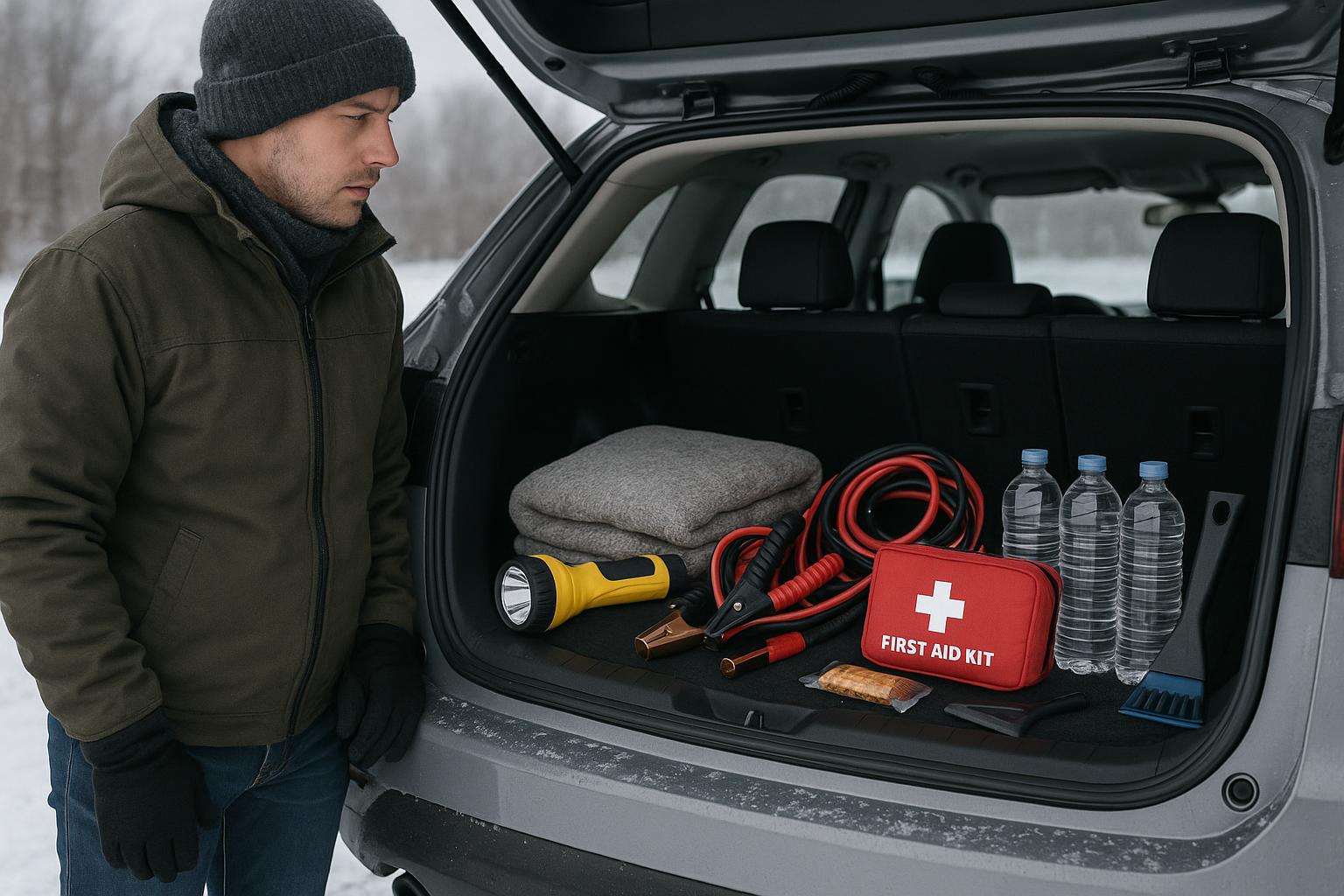Conducting Personal Protective Equipment Assessments: A Step-by-Step Guide for Workplace Safety
Personal Protective Equipment (PPE) is a critical component of workplace safety. Conducting regular PPE assessments ensures that employees are adequately protected from hazards and that organizations remain compliant with safety regulations. This toolbox talk will guide you through the process of conducting effective PPE assessments, highlight best practices, and provide actionable steps to enhance safety in your workplace.
Why PPE Assessments Matter
PPE assessments are essential for identifying workplace hazards and determining the appropriate protective equipment for each task. According to the Occupational Safety and Health Administration (OSHA), employers are required to assess the workplace to determine if hazards are present that necessitate the use of PPE (OSHA Standard 1910.132). Regular assessments help prevent injuries, reduce liability, and foster a culture of safety.
Step 1: Identify Workplace Hazards
The first step in a PPE assessment is to identify potential hazards. These can include physical, chemical, biological, and ergonomic risks. Walk through the worksite and observe tasks, equipment, and materials. Consult with employees and review incident reports to gain a comprehensive understanding of potential dangers.
Step 2: Evaluate Existing Controls
Before selecting PPE, evaluate existing engineering and administrative controls. PPE should be the last line of defense after all other controls have been considered. For example, machine guards, ventilation systems, and safe work procedures should be in place to minimize exposure to hazards.
Step 3: Select Appropriate PPE
Once hazards are identified and existing controls evaluated, select the appropriate PPE. Consider the type of hazard, the level of exposure, and the duration of the task. Common types of PPE include:
- Head protection (hard hats)
- Eye and face protection (safety glasses, face shields)
- Hearing protection (earplugs, earmuffs)
- Respiratory protection (masks, respirators)
- Hand protection (gloves)
- Foot protection (safety boots)
- Body protection (coveralls, high-visibility clothing)
Ensure that the selected PPE meets relevant safety standards, such as those set by ANSI or NIOSH.
Step 4: Fit and Comfort
Proper fit is crucial for PPE effectiveness. Ill-fitting equipment can compromise protection and discourage use. Provide a range of sizes and allow employees to try on PPE to ensure comfort and functionality. Training on correct usage and adjustment is also essential.
Step 5: Training and Communication
Employees must understand why PPE is necessary, how to use it correctly, and how to care for it. Conduct regular training sessions and provide clear instructions. Encourage open communication so employees can report issues with PPE or suggest improvements.
Step 6: Inspection and Maintenance
PPE must be regularly inspected and maintained to ensure it remains effective. Establish a schedule for checking equipment for damage, wear, or contamination. Replace defective PPE immediately and keep records of inspections and replacements.
Step 7: Review and Update Assessments
Workplace conditions and tasks can change over time. Review PPE assessments at least annually or whenever new equipment, processes, or hazards are introduced. Involve employees in the review process to ensure all risks are identified.
Best Practices for PPE Assessments
- Involve employees in hazard identification and PPE selection.
- Use checklists to standardize assessments.
- Document all findings and actions taken.
- Stay informed about new PPE technologies and standards.
- Foster a safety culture where PPE use is the norm.
Common Mistakes to Avoid
- Relying solely on PPE without addressing root causes of hazards.
- Failing to provide proper training.
- Neglecting regular inspections and maintenance.
- Ignoring employee feedback on PPE comfort and usability.
Conducting thorough PPE assessments is vital for protecting employees and maintaining compliance with safety regulations. By following these steps and best practices, organizations can minimize risks and create a safer work environment. Remember, PPE is only effective when it is properly selected, fitted, used, and maintained.
Reference link: https://www.osha.gov/laws-regs/regulations/standardnumber/1910/1910.132



